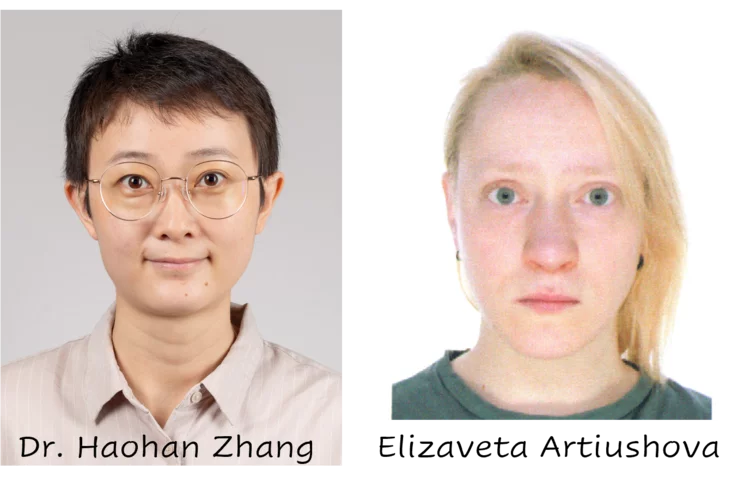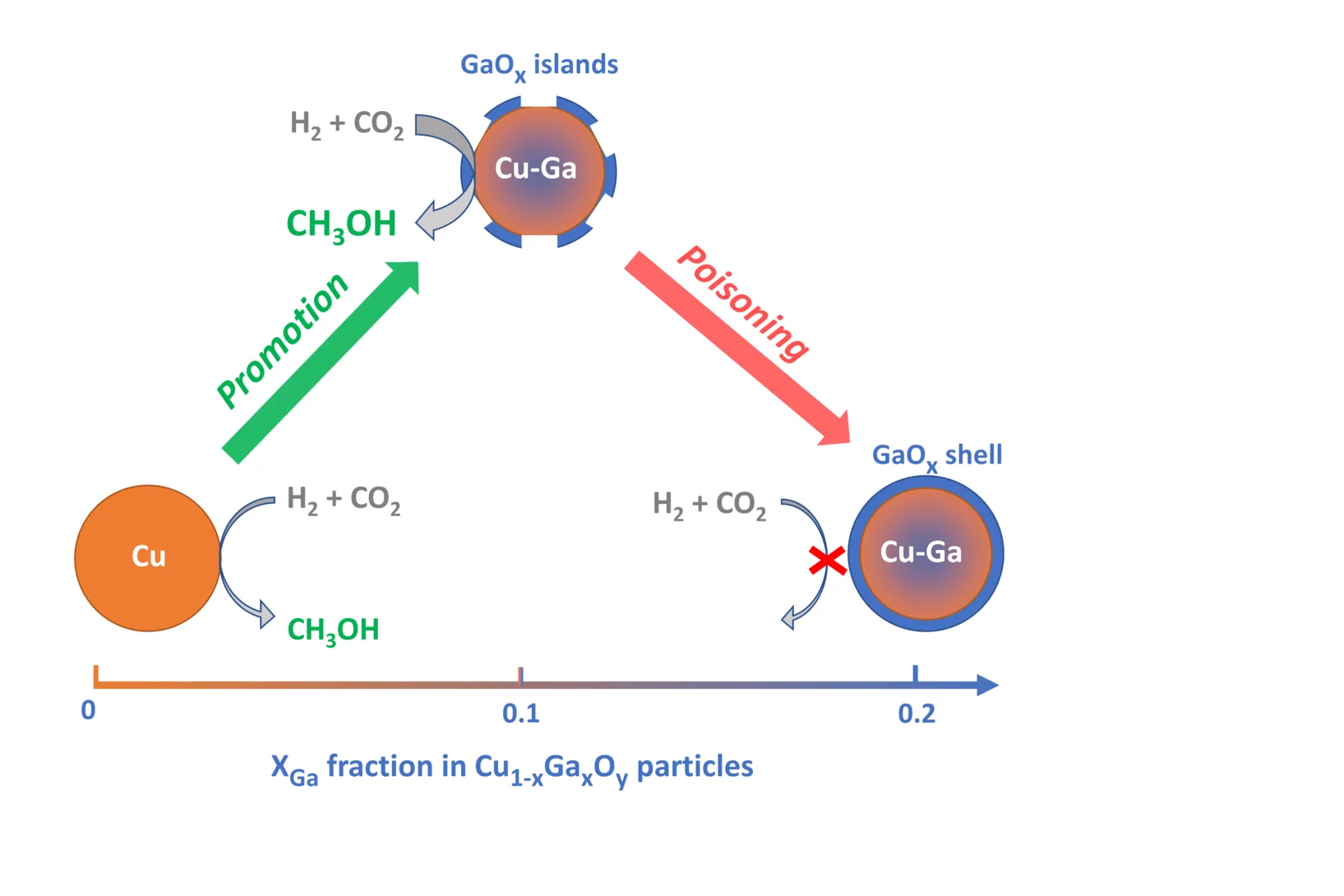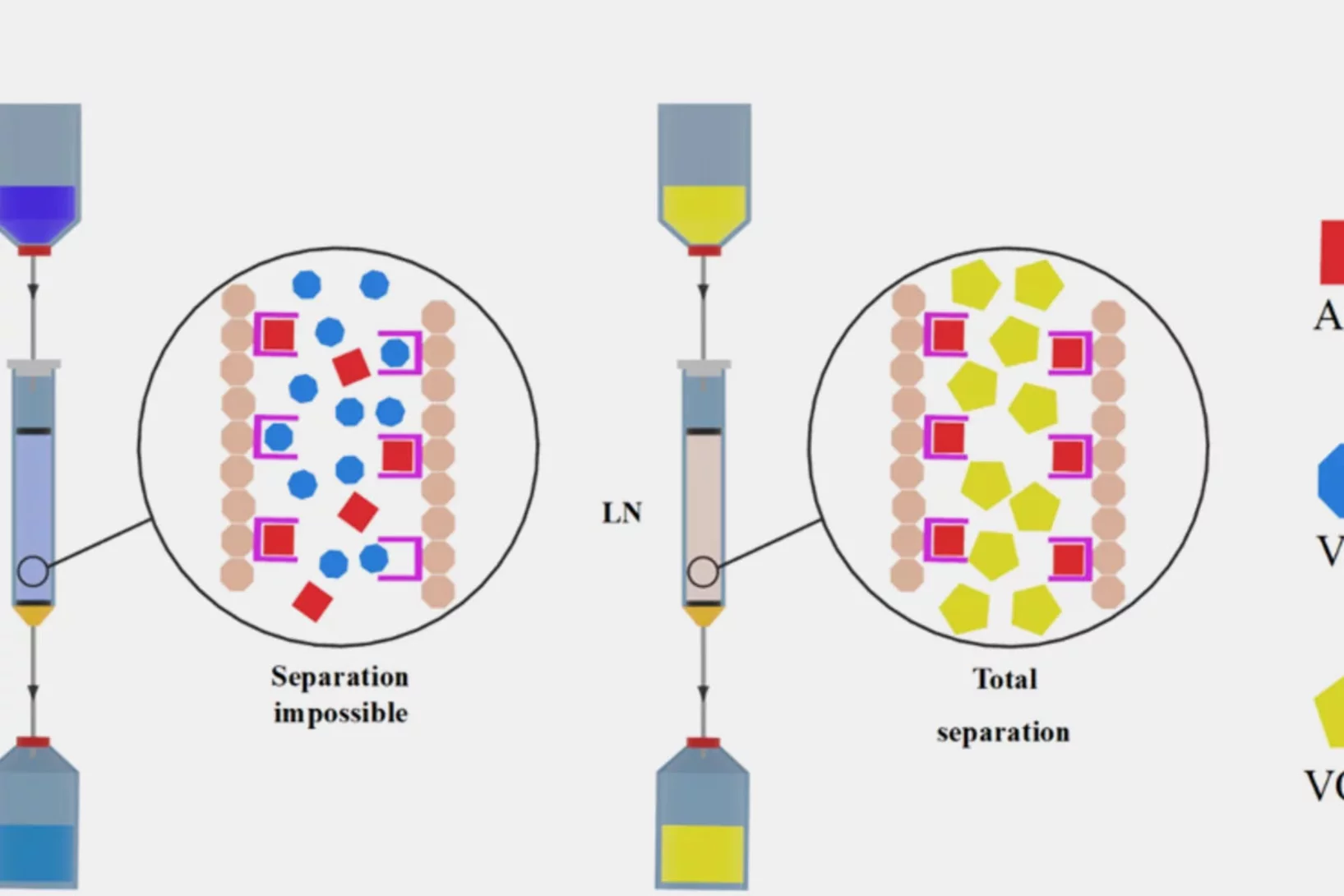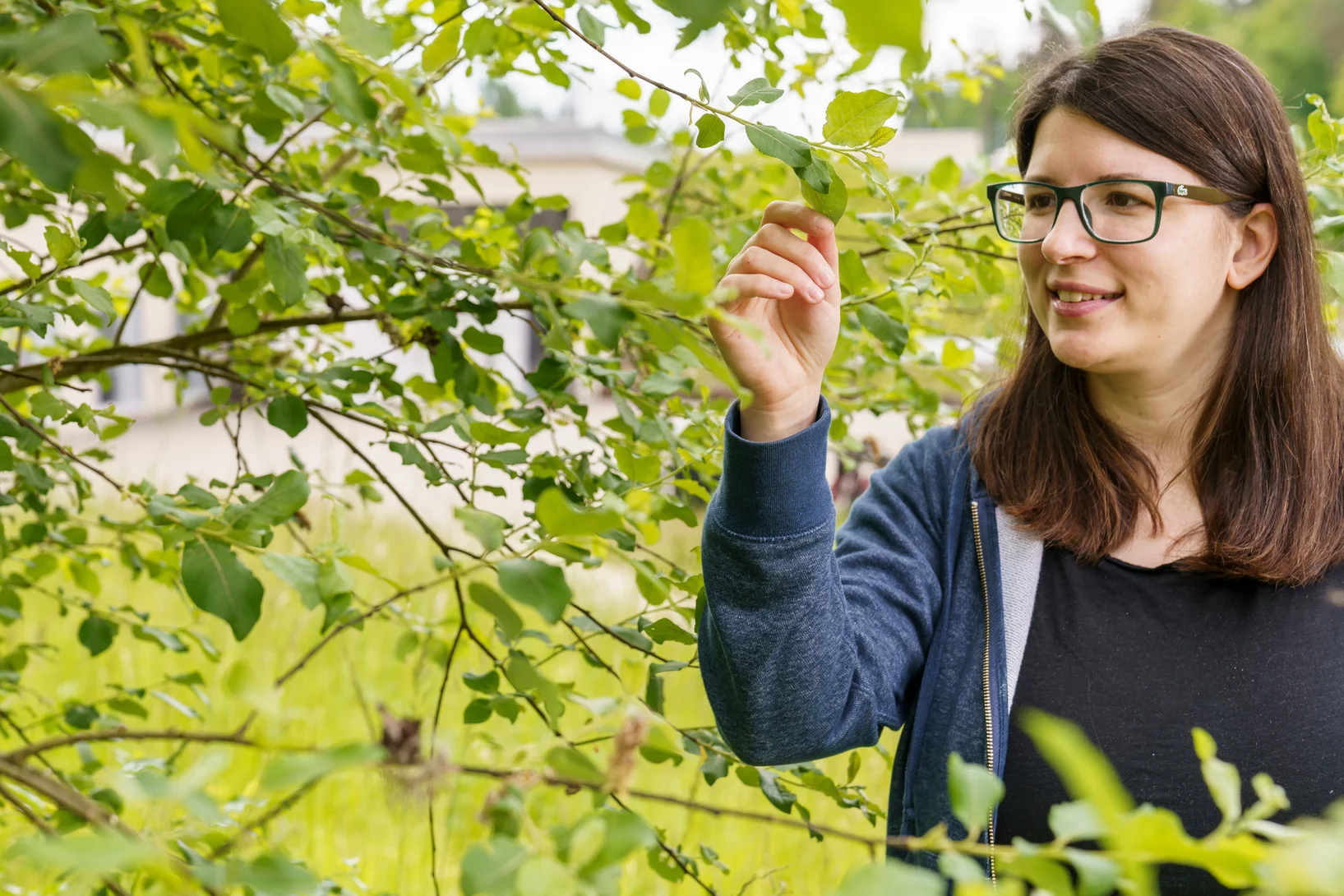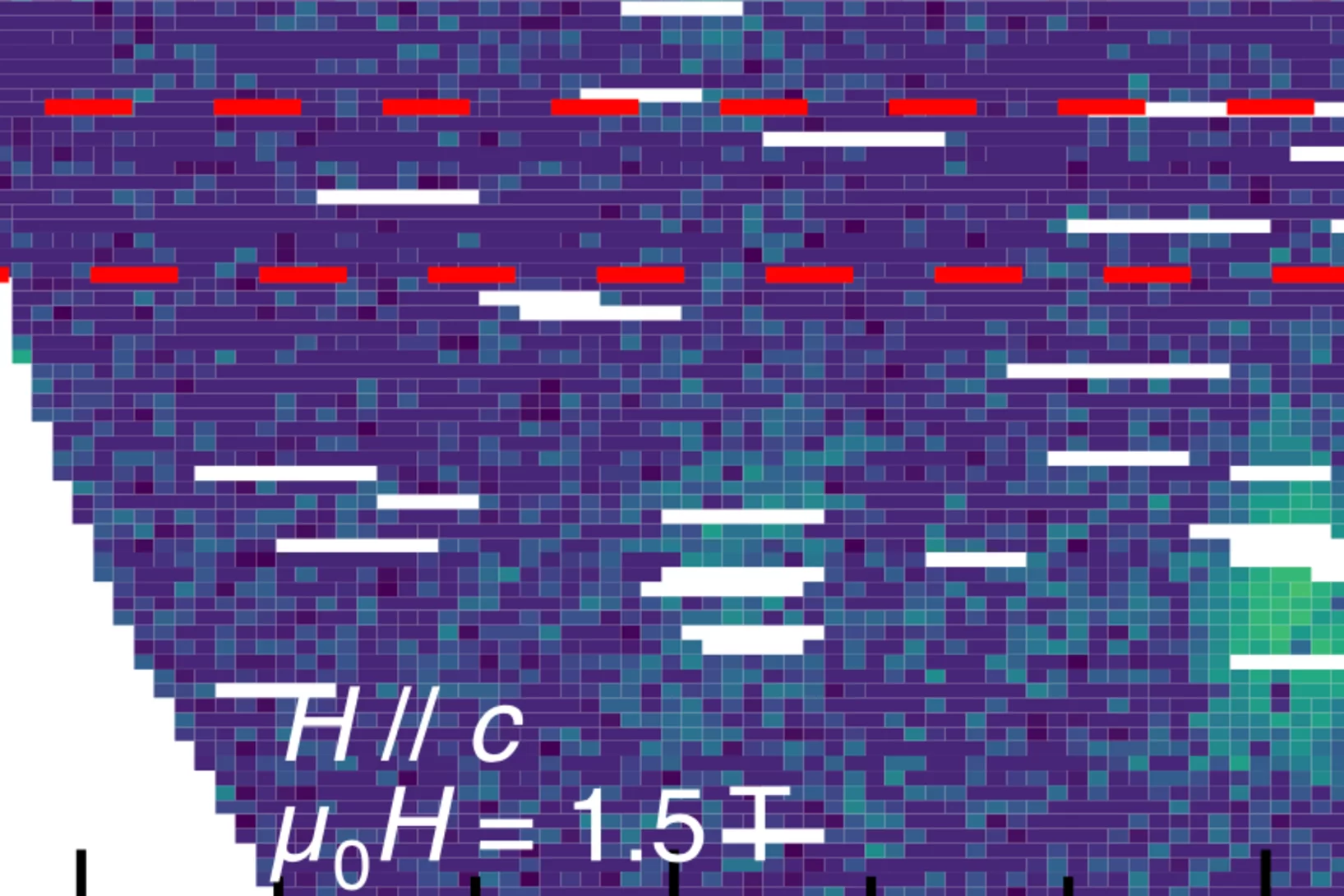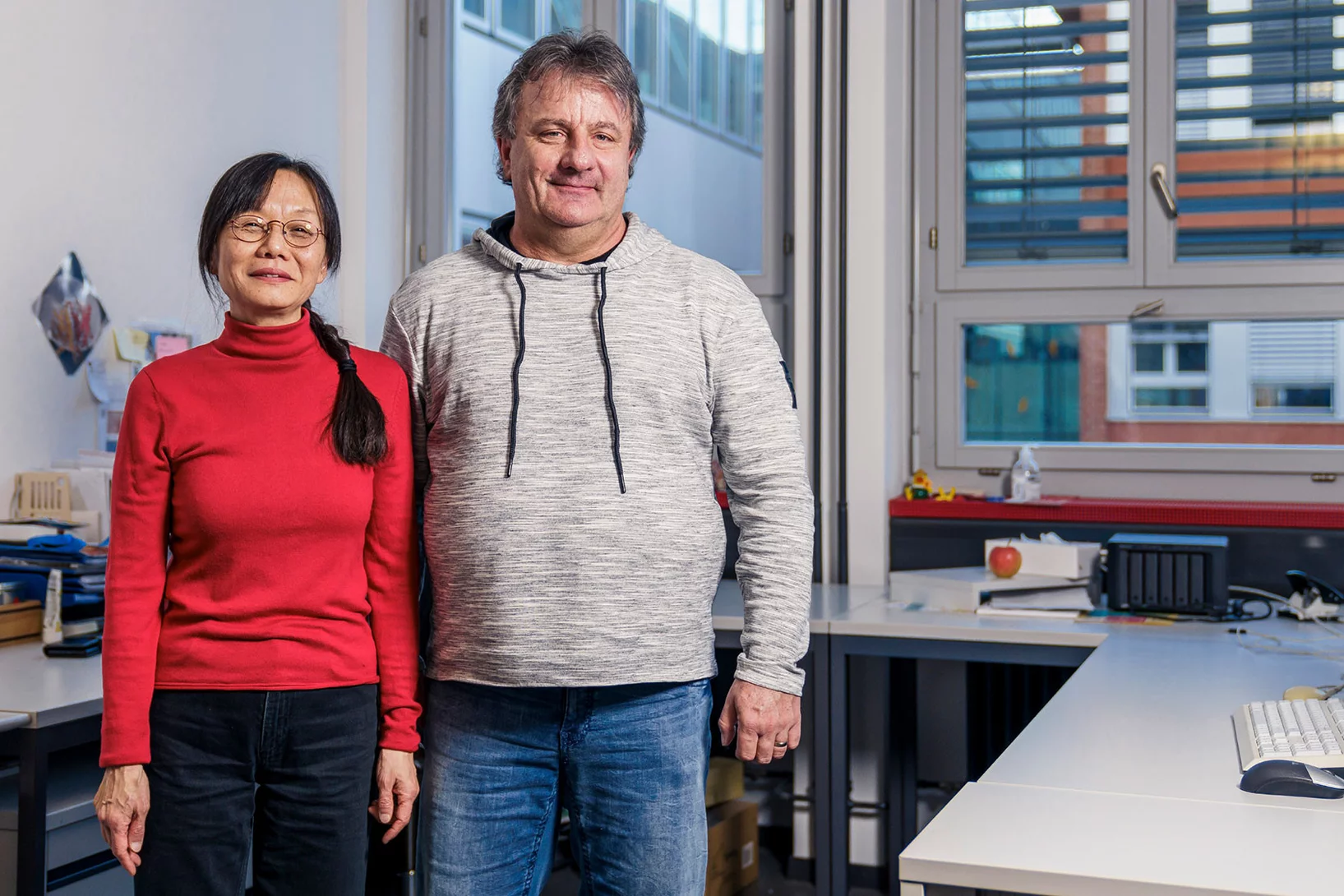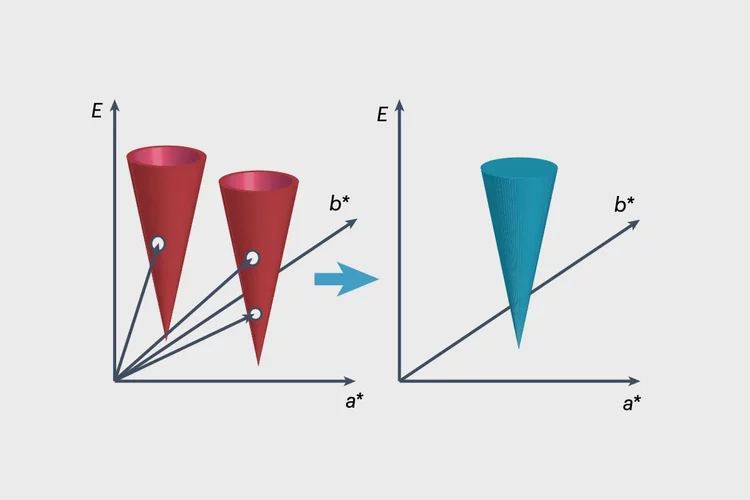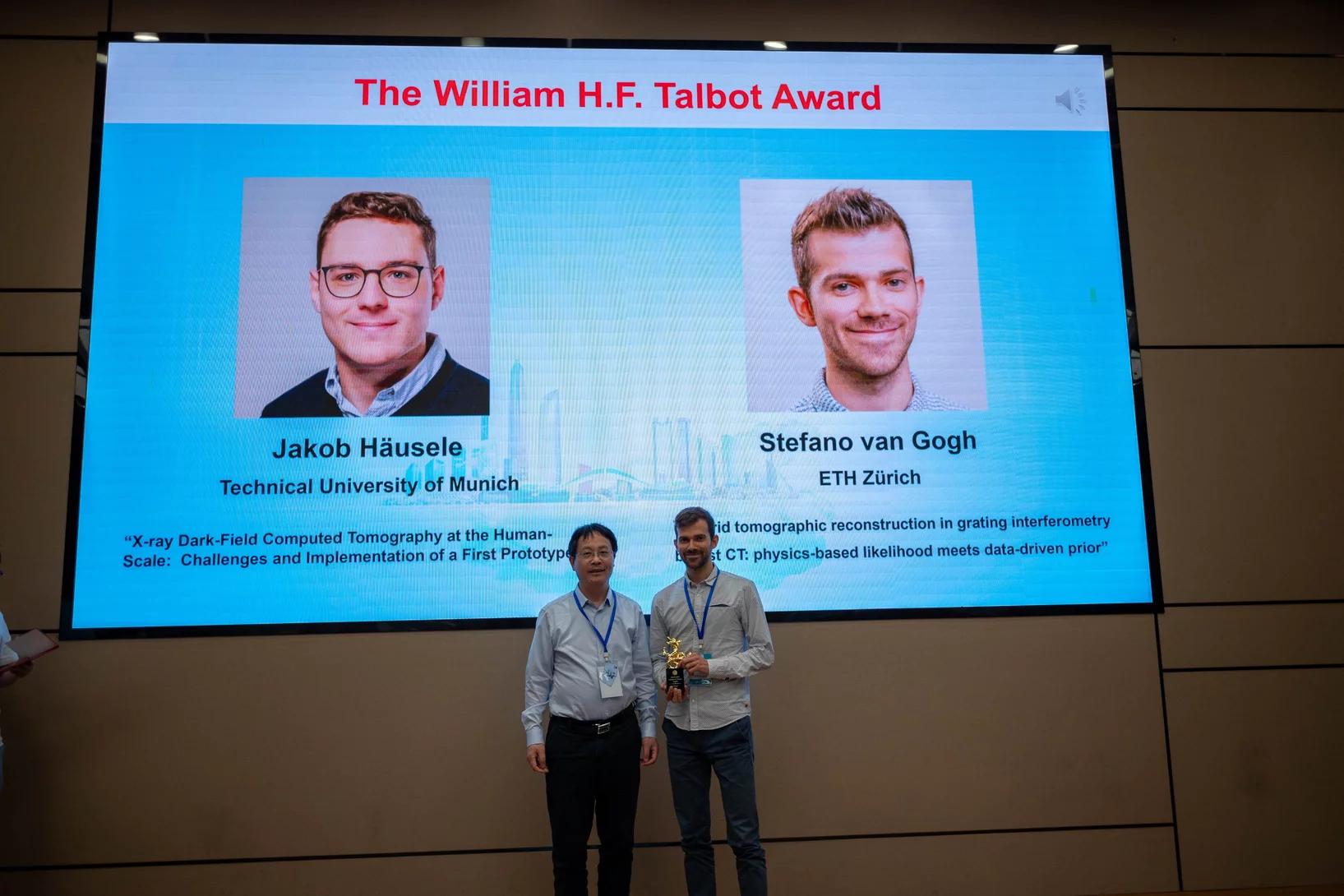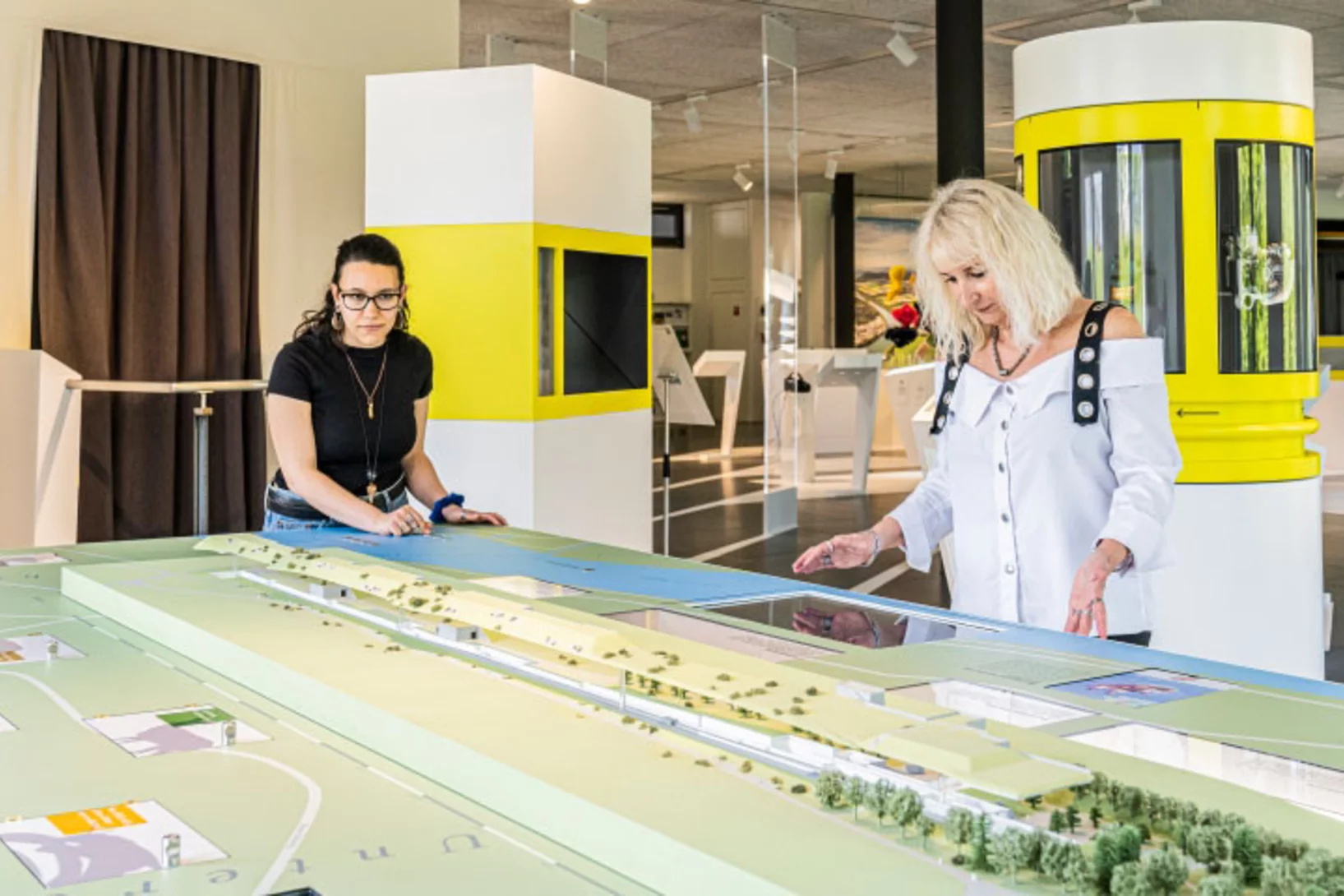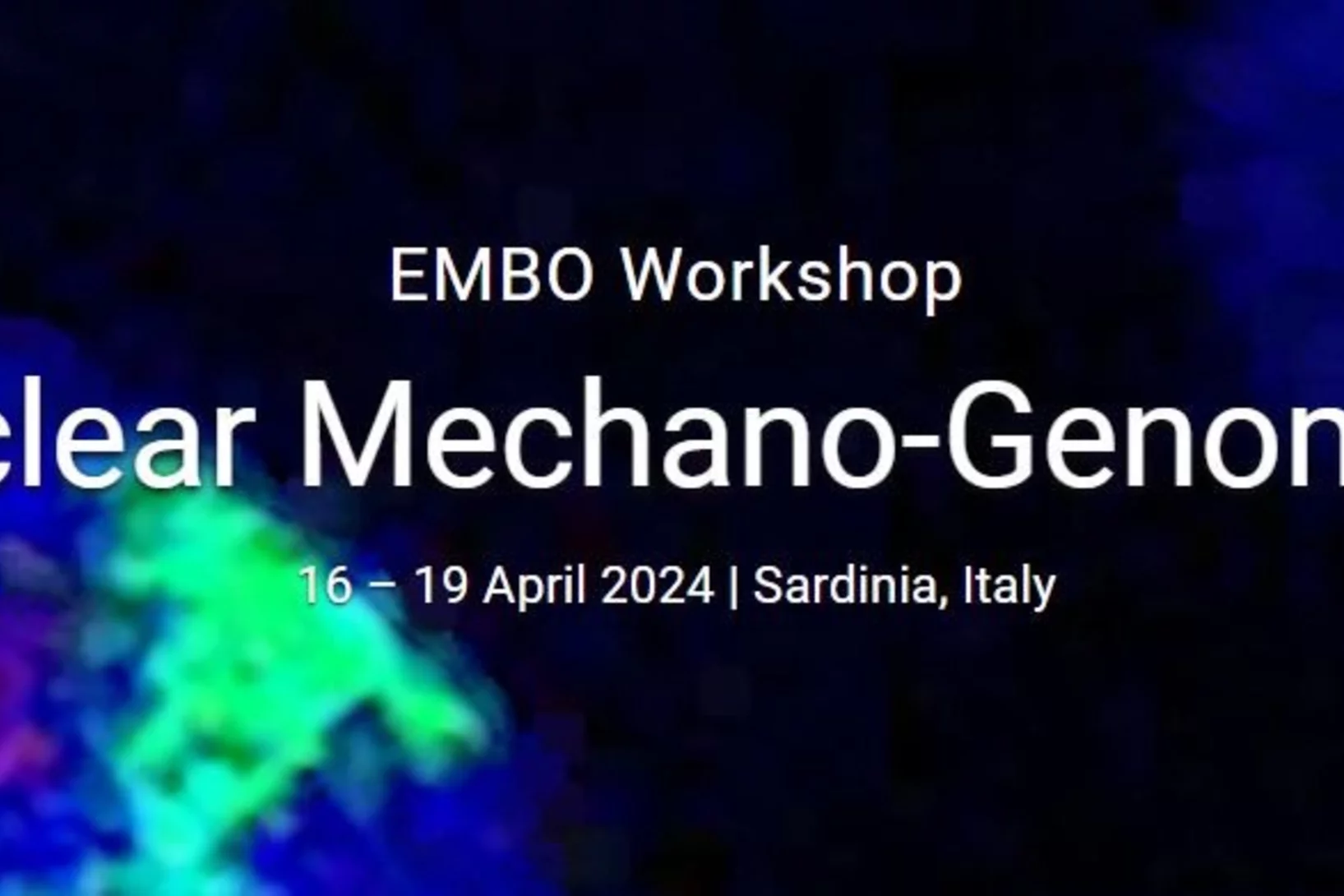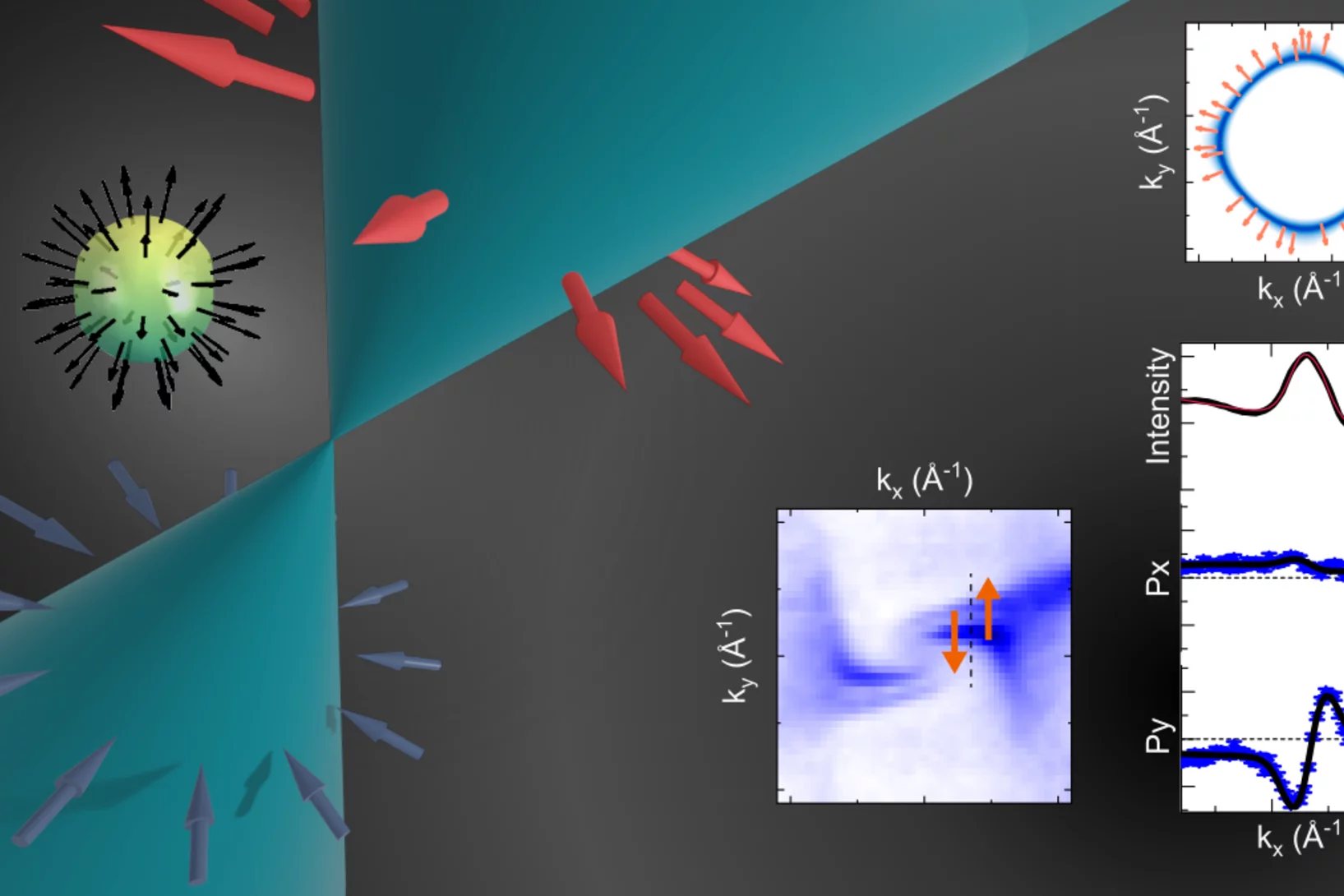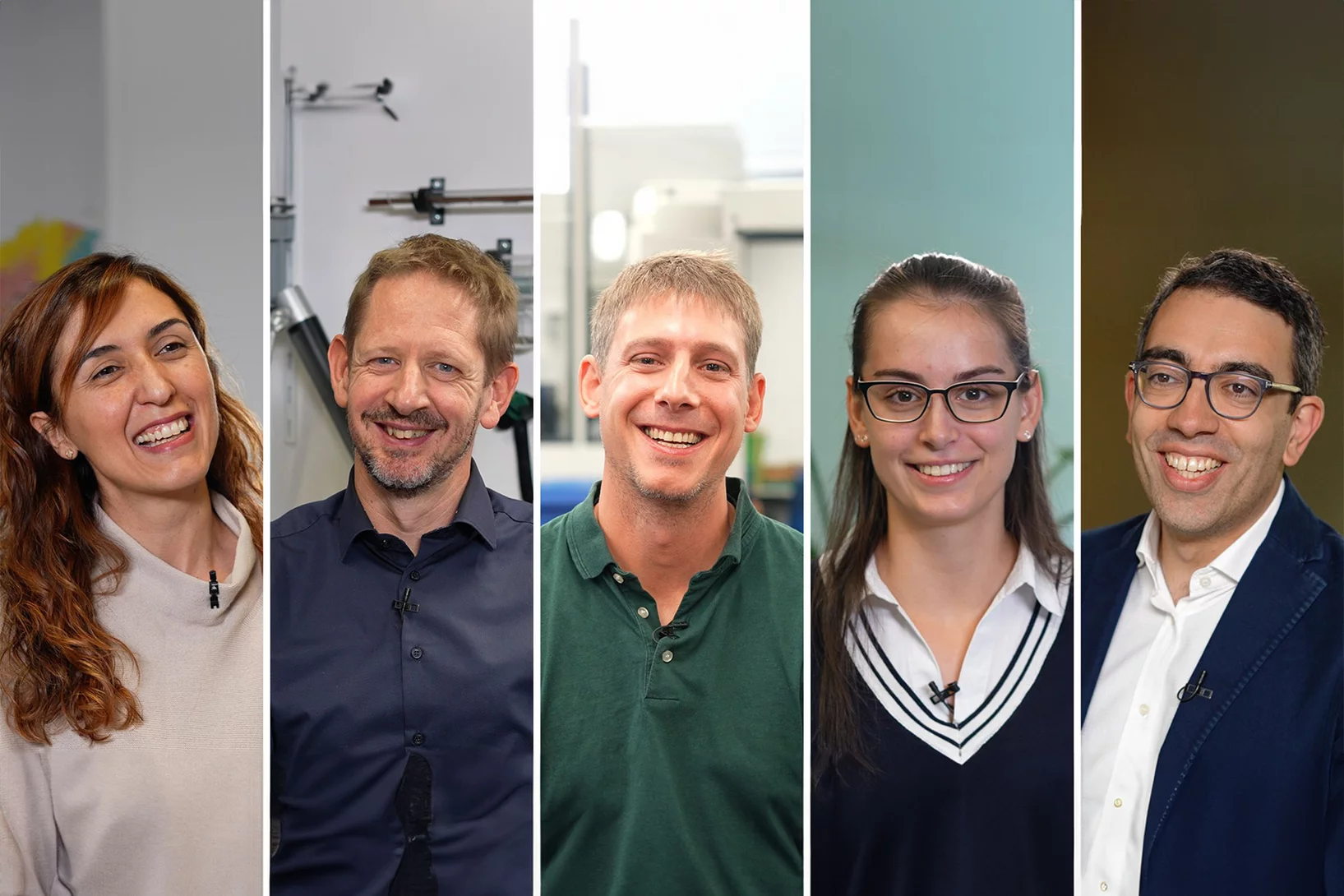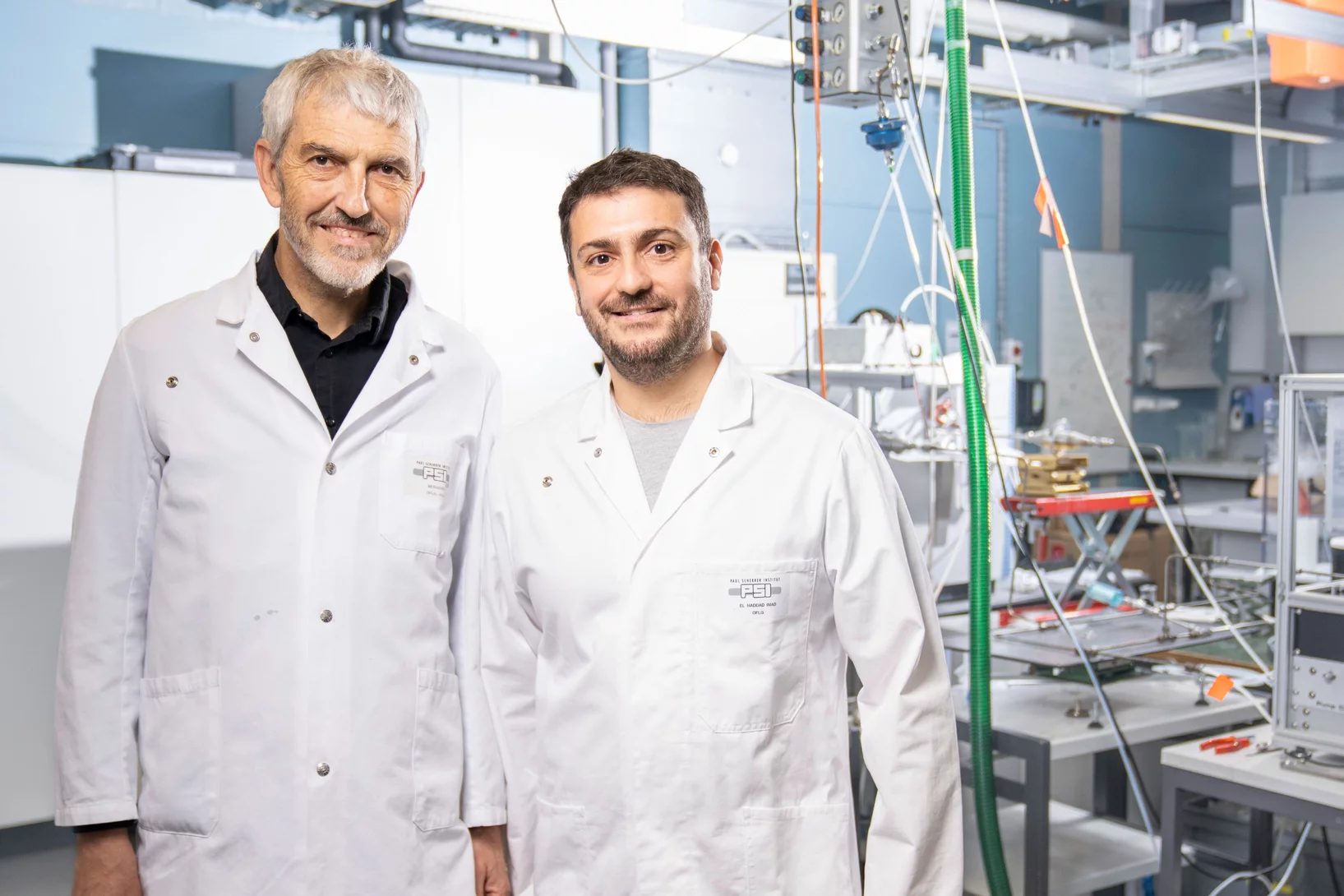Abkehr von der Kernenergie, Ausbau von Solar- und Windkraft, Energiegewinnung aus Biomasse, Senkung des Energieverbrauchs. Bis 2050 soll die Schweiz klimaneutral werden. Ein ehrgeiziges Ziel, welches durch die zunehmend herausfordernde geopolitische Lage dringlicher denn je geworden ist. Wie lässt sich in den nächsten Jahren eine nachhaltige und widerstandsfähige Energieversorgung für die Schweiz aufbauen? Wie können erneuerbare Energien optimal genutzt werden? Welche neuen Technologien sind besonders vielversprechend? Am PSI suchen Forschende nach Antworten auf diese entscheidenden Fragen.
Das PSI im neuen Design
Frisch, klar und innovativ: Unser neuer Webauftritt soll Lust machen, online und mobil auf unseren Seiten zu surfen. Er ist Teil eines umfassenden Rebrandings, das in Zusammenarbeit mit der Zürcher Branding-Agentur Scholtysik entwickelt wurde.
Welcome to Our New Team Members!
We are delighted to extend a warm welcome to Dr. Haohan Zhang and Elizaveta Artiushova as they join our research team.
Promotion versus Poisoning in Copper–Gallium-Based CO2-to-Methanol Hydrogenation Catalysts
Cu–Ga-based CO2-to-methanol hydrogenation catalysts display a range of catalytic performance, depending on their preparation. Here, we investigated how the Ga/Cu ratio and Ga speciation affect the catalytic activity. Using surface organometallic chemistry, we prepared a series of silica-supported 3–6 nm Cu1–xGaxOy nanoparticles with a range of xGa. The materials display a volcano-type activity behavior, where methanol formation is promoted when xGa < 0.13–0.18 and is suppressed at higher values, indicating a poisoning of the catalysts. In situ X-ray absorption spectroscopy and in situ infrared spectroscopy helped to understand the structure-activity relationship.
Vladislav Zobnin Honored with Best Presentation Award at NUCLEAR 2024 Conference
We are thrilled to extend our heartfelt congratulations to Vladislav Zobnin for receiving the prestigious Best Presentation Award at the NUCLEAR 2024 conference.
Third Data Challenge
The Mu3e data challenges aim at establishing the data processing and storage procedures as well as the online monitoring tools. Using simulated data, we developed monitoring tools, event displays and control over all the data flows. We also prepared cabling the detector with optical fibres.
Optimizing a radiochemical separation of 26Al from an acidic V-rich matrix
At the Paul Scherrer Institute (PSI), within the Isotope and Target Chemistry (ITC) group, various radiochemical methods are developed to fully separate and purify individual radionuclides. These separation methods are devised for both new experiments and for reprocessing radioactive waste from previous experiments.
Die Greenboxen - gärtnern am PSI
Das Projekt «Greenbox» kam zustande mit dem «Campus 2023». Es sind 45 Hochbeete, die den Mitarbeitenden zur Bepflanzung zur Verfügung stehen. Angepflanzt werden kann ganz vieles wie Gemüse, Obst, Blumen oder auch Kräuter. Um die Boxen kümmert man sich etwa 5 Monate und kann über die Ernte frei verfügen.
Nature’s sunscreen and other SwissFEL stories
From DNA repair to catalysts: how the Alvra experimental station at SwissFEL has developed into a special tool for biology and chemistry research.
Welcome to LXN Kajal Biju
Herzlich Willkommen Kajal Biju im LXN!
Non-coplanar helimagnetism in the layered van-der-Waals metal DyTe3
Van-der-Waals magnetic materials can be exfoliated to realize ultrathin sheets or interfaces with highly controllable optical or spintronics responses. In majority, these are collinear ferro-, ferri-, or antiferromagnets, with a particular scarcity of lattice-incommensurate helimagnets of defined left- or right-handed rotation sense, or helicity. Here, we report polarized neutron scattering experiments on DyTe3, whose layered structure has highly metallic tellurium layers separated by double-slabs of dysprosium square nets...
How the orientation of molecular single-ion magnets affects their magnetic hysteresis
Molecular single-ion magnets act as ultra-small magnets that can retain their magnetization. When organized on a well defined surface, they could allow storing information at 100 and more times higher storage densities than nowadays available.
In the present study performed at the Swiss Light Source an international research team investigated monolayers of two very similar types of organometallic single-ion magnets, that, however, behave very differently on a flat silver surface. They link the vastly different magnetic behavior with the different orientation and adsorption configurations on the surface.
Eine Bionanomaschine für grüne Chemie
PSI-Forschende haben ein einzigartiges Enzym aus Bakterien charakterisiert, das eine wichtige chemische Reaktion möglich macht.
Ein Plan für die grösste Maschine der Welt
Interview mit Lea Caminada, Leiterin der Gruppe für Hochenergiephysik am PSI, über das nächste mögliche Grossprojekt am CERN.
13th Erwin Felix Lewy Bertaut Prize to Daniel Mazzone
The laureate of the thirtheenth Erwin Félix Lewy Bertaut Prize is Dr. Daniel Mazzone from the Laboratory for Neutron Scattering and Imaging (LNS), NUM division. Daniel receives the prize for his outstanding contributions in the field of quantum effects in strongly correlated electron materials, employing cutting-edge X-ray and neutron scattering techniques.
Seit 40 Jahren ein Erfolg: Protonen gegen Augenkrebs
Im März 1984 wurden am PSI erstmals Menschen gegen eine seltene, aber sehr bösartige Krebsart bestrahlt: Sie hatten einen Tumor im Auge.
Spectral evidence for Dirac spinons in a kagome lattice antiferromagnet
Emergent quasiparticles with a Dirac dispersion in condensed matter systems can be described by the Dirac equation for relativistic electrons, in analogy with Dirac particles in high-energy physics. For example, electrons with a Dirac dispersion have been intensively studied in electronic systems such as graphene and topological insulators. However, charge is not a prerequisite for Dirac fermions, and the emergence of Dirac fermions without a charge degree of freedom has been theoretically predicted to be realized in Dirac quantum spin liquids. These quasiparticles ...
Kompetenzen, nach denen unsere Partnerfirmen suchen
Wie kannst du dich bereits während deiner PhD- oder Postdoc-Zeit gut auf deinen nächsten Karriereschritt vorbereiten? Welche Kompetenzen sind nötig und gefragt, und kannst du deine Chancen erhöhen, indem du relevante Kurse besuchst? Wir haben die Partnerfirmen und andere Kollaborateure des PSI Career Centers und des CONNECT Programms gefragt, wonach sie suchen – und für euch eine Zusammenfassung basierend auf Inputs von ABB, APP, Axpo, Bain, cross-ING, Dectris, Hilti, McKinsey, Sensirion, UVEK, VDL and ZEISS zusammengestellt
TOMCAT attends XNPIG2024, bags two awards
A TOMCAT delegation attended the 6th International Conference on X-ray and Neutron Phase Imaging with Gratings (XNPIG2024) held on 8-12 April, 2024 in Shenzhen, China. The team delivered a series of two invited talks and seven contributed talks, all of which were well-received by the conference attendees. Two team members were selected for their outstanding contributions: Simon Spindler was awarded one of the Best Poster Prizes for his recent work on “Diffraction Beamlets” while Stefano van Gogh was the co-recipient of the W.H.F. Talbot Award, in recognition of his outstanding PhD thesis.
Zu Besuch bei Forschenden
Eine Tour durch die neue Ausstellung im PSI Visitor Center
UBS Kulturstiftung fördert Projekt zur Digitalisierung von historisch wertvollen Audiobändern
Die UBS Kulturstiftung hat Sebastian Gliga eine finanzielle Förderung zugesprochen, um eine nicht mehr wiederherstellbare, historische Aufnahme von B.B. King aus seinem Konzert von 1980 beim Montreux Jazz Festival zu digitalisieren.
EMBO workshop on Nuclear Mechano-Genomics
The EMBO-workshop on Nuclear Mechano-Genomics taking place from April 16 to April 19, 2024 in Sardinia, Italy, was a great success.
Weyl spin-momentum locking in a chiral topological semimetal
Spin–orbit coupling in noncentrosymmetric crystals leads to spin–momentum locking – a directional relationship between an electron’s spin angular momentum and its linear momentum. Isotropic orthogonal Rashba spin–momentum locking has been studied for decades, while its counterpart, isotropic parallel Weyl spin–momentum locking has remained elusive in experiments. Theory predicts ...
Cristina Müller
Radiopharmaka für Tumortherapien entwickeln und neu konstruieren
Breaking the Drops
For water-cooled nuclear reactors, a loss of coolant accident constitutes one of the key scenarios to be evaluated for the design of the plant and associated safety systems. Even if these accidents are not expected to occur at all during reactor lifetime, their potential consequences include the heat up of the fuel in the reactor core. For the recovery of the plant to safe conditions, safety systems are in place to inject water in order to reflood the core and to quench the high temperature fuel. The two-phase flow behaviour during this reflooding phase is extremely complex. In particular, the prediction of the behaviour of small liquid droplets generated as the quench front propagates upwards has a significant effect on the fuel temperatures in the upper regions of the reactor core. In collaboration with the US Nuclear Regulatory Commission (NRC), we have been working to improve our modelling of the droplet behaviour and their impact on key safety parameters.
Ich bin das PSI
Einen Einblick in die menschliche Seite der Forschung. Von Wissenschaftler*innen über Techniker*innen bis hin zum Supportpersonal – jede Einzelne der über 2200 Personen am PSI trägt auf einzigartige Weise zum Erfolg und zur Mission des Instituts bei.
Feierliche Eröffnung des Park Innovaare
Ein wichtiger Meilenstein ist erreicht: Am gestrigen Donnerstag, 25.04.2024, wurde der Switzerland Innovation Park Innovaare unter Anwesenheit von Bundesrat Guy Parmelin und zahlreichen Gästen aus Wirtschaft, Wissenschaft und Politik feierlich eröffnet. Innerhalb von nur vier Jahren ist mit dem Switzerland Innovation Park Innovaare in Villigen neben dem Paul Scherrer Institut (PSI) ein hochmoderner, forschungsorientierter Innovationspark mit 23'000 m2 Reinräumen, Labors, Präzisionswerkstätten, Büros und Meetingräumen entstanden. Hauptmieter und strategischer Partner ist das PSI. Gesamthaft sind bis anhin rund 80% der Gesamtfläche vermietet.
Switzerland Innovation Park Innovaare feiert Eröffnung
Nach vierjähriger Bauzeit ist neben dem Paul Scherrer Institut PSI in Villigen (AG) ein moderner Innovationspark mit 23 000 m2 Reinräumen, Labors, Präzisionswerkstätten, Büros und Meetingräumen entstanden.
DAQ installations at PSI
We have installed the data acquisition hardware and cabling needed for early Mu3e running at PSI. The fibre fan-out rack, which serves as a switch-yard for TBits/s of data as well as clock, reset and configuration lines is fully set up.
Wie die Luft von Neu-Delhi sauberer wird
PSI-Forschende sind auf den Spuren pathogener Aerosole in Indien.
Veranstaltung für Gründerinnen und weibliche Professionals: Netzwerken und Verbündete finden
Welche Netzwerke sind in der Gründungsphase entscheidend? Welche Strategien können helfen, Kontakte zur Industrie aufzubauen? Wie kannst du deine Netzwerkfähigkeiten verbessern, um deine beruflichen Ziele zu erreichen?


